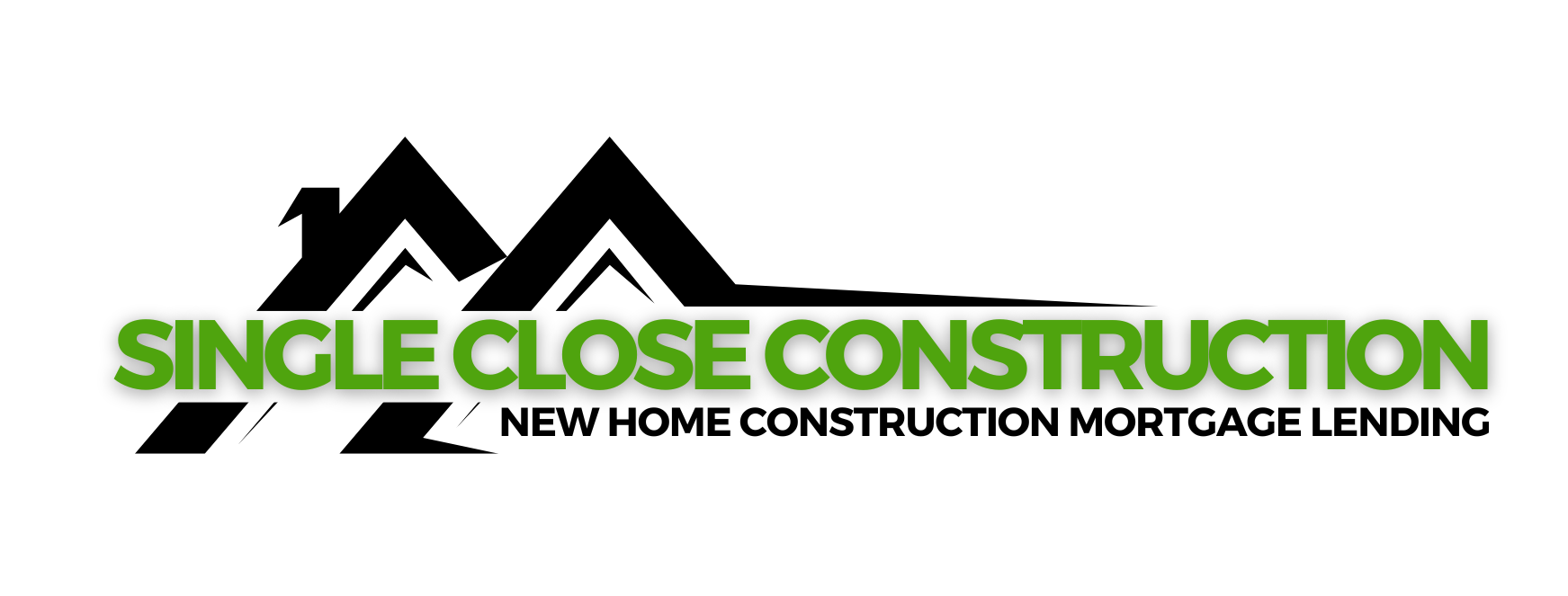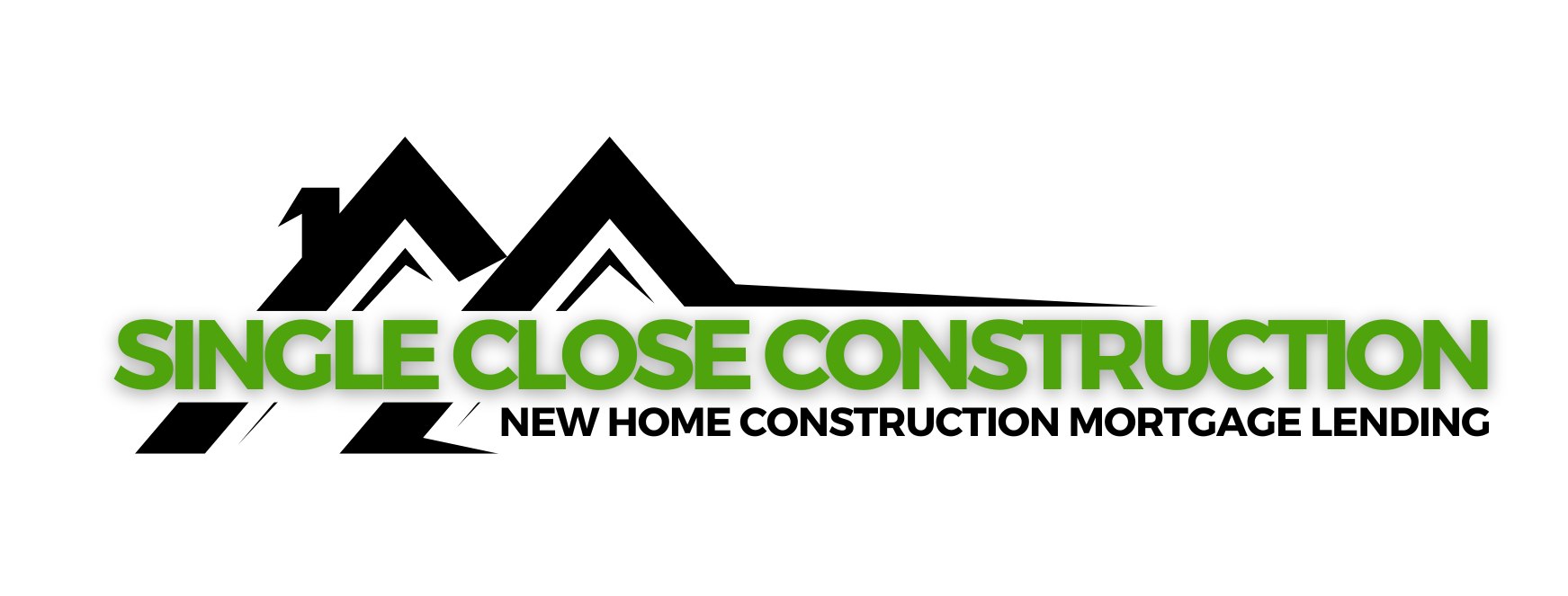Single Close Construction Loan vs. Regular Construction Loan: Understanding the Differences

Building your dream home is an exciting endeavor, but navigating the financial complexities can feel overwhelming. Two prominent options you'll encounter are Single-Close Construction Loans and Regular Construction Loans. While both fund the construction process, their structures and functionalities differ significantly. This blog post dives into the key distinctions, empowering you to make an informed decision for your dream home project.
1. Streamlined vs. Staged: Loan Structure and Process
The fundamental difference lies in the loan structure and overall process.
- Single-Close Construction Loan: This "one-time close" loan combines construction financing and your permanent mortgage into a single loan. You experience a seamless transition – one application, approval, and closing – simplifying the process and saving time.
- Regular Construction Loan: This involves two separate loans: a construction loan to finance the building phase and a permanent mortgage that replaces it upon completion. This two-loan structure requires separate applications, approvals, and closings, making it more complex and time-consuming.
2. Cash Flow Management and Disbursement:
- Single-Close Construction Loan: Here, the loan terms and disbursement cater to the construction phase. During construction, you typically make interest-only payments on the disbursed funds, allowing for better cash flow management. Once construction is complete, the loan converts to your permanent mortgage with pre-determined terms and payments.
- Regular Construction Loan: The financing terms differ. You typically make interest-only payments on disbursed construction funds. However, upon completion, the construction loan needs to be paid off or refinanced with a separate permanent mortgage, which may have different terms and interest rates. This transition can be complex, potentially incurring additional fees.
3. The Power of Rate Lock: Interest Rates and Stability
- Single-Close Construction Loan: You benefit from locking in a fixed interest rate at the loan's beginning. This rate applies throughout the construction phase and converts to your permanent mortgage. This rate lock protects you from potential interest rate fluctuations during construction.
- Regular Construction Loan: Unlike the single-close option, you cannot lock in an interest rate at the outset. This means interest rates may vary between the construction loan and the permanent mortgage. If rates rise during construction, you could face a higher rate on the permanent mortgage, impacting your financial plan.
Conclusion: Choosing the Right Path
Understanding the key differences between Single-Close and Regular Construction Loans is crucial for selecting the best option for your dream home project. The single-close option offers a streamlined process, better cash flow management during construction, and the security of a locked-in interest rate. However, regular construction loans might be suitable if you prefer a more phased approach with potentially lower upfront costs (depending on interest rates).
Carefully evaluate your needs, preferences, and financial situation to determine which loan structure aligns best with your dream home journey.





